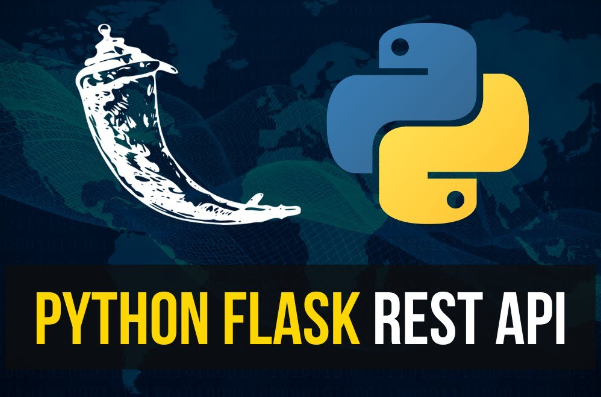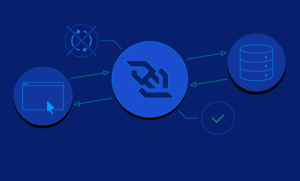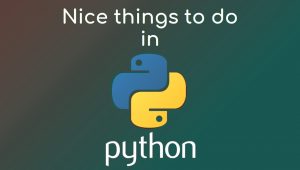Building RESTful APIs with Python and Flask:
Flask is a lightweight and popular web framework in Python that allows you to build RESTful APIs easily. Here’s a step-by-step guide on how to build a basic RESTful API using Flask:
- Install Flask:
Ensure that Flask is installed by running the following command:
pip install flask- Import Flask and Create an App:
Import Flask and create an instance of the Flask class, which will represent your web application:
from flask import Flask
app = Flask(__name__)- Define API Routes:
Routes define the URLs at which your API will be accessible. Each route corresponds to a specific HTTP method (GET, POST, PUT, DELETE) and performs a specific action. Use the@app.routedecorator to define routes:
@app.route('/api/v1/books', methods=['GET'])
def get_books():
# Logic to fetch and return books
return 'List of books'
@app.route('/api/v1/books/<int:book_id>', methods=['GET'])
def get_book(book_id):
# Logic to fetch and return a specific book
return f'Book {book_id}'- Handle Request Methods and Parameters:
Within each route function, you can handle different request methods (GET, POST, PUT, DELETE) and access request parameters as needed:
from flask import request
@app.route('/api/v1/books', methods=['POST'])
def create_book():
book_data = request.get_json()
# Logic to create a new book using book_data
return 'Book created'- Return JSON Responses:
To return JSON responses, you can use thejsonifyfunction from Flask, which converts Python objects to JSON:
from flask import jsonify
@app.route('/api/v1/books', methods=['GET'])
def get_books():
books = [
{'id': 1, 'title': 'Book 1'},
{'id': 2, 'title': 'Book 2'}
]
return jsonify(books)- Run the Application:
At the end of your script, add the following code to run the Flask application:
if __name__ == '__main__':
app.run()- Test the API:
Start the Flask development server by running your script. You can then send HTTP requests to the defined routes using tools like cURL or Postman. For example, you can send a GET request tohttp://localhost:5000/api/v1/booksto retrieve the list of books. Note: Remember to handle error cases, implement authentication, and apply validation as needed to ensure the security and robustness of your API.
Flask provides many additional features and extensions to build powerful APIs, including database integration, authentication mechanisms, and request validation. Explore the Flask documentation and its ecosystem to enhance your API further.
Building RESTful APIs with Flask offers a flexible and efficient way to expose your Python code as web services, making it accessible to clients across different platforms.




